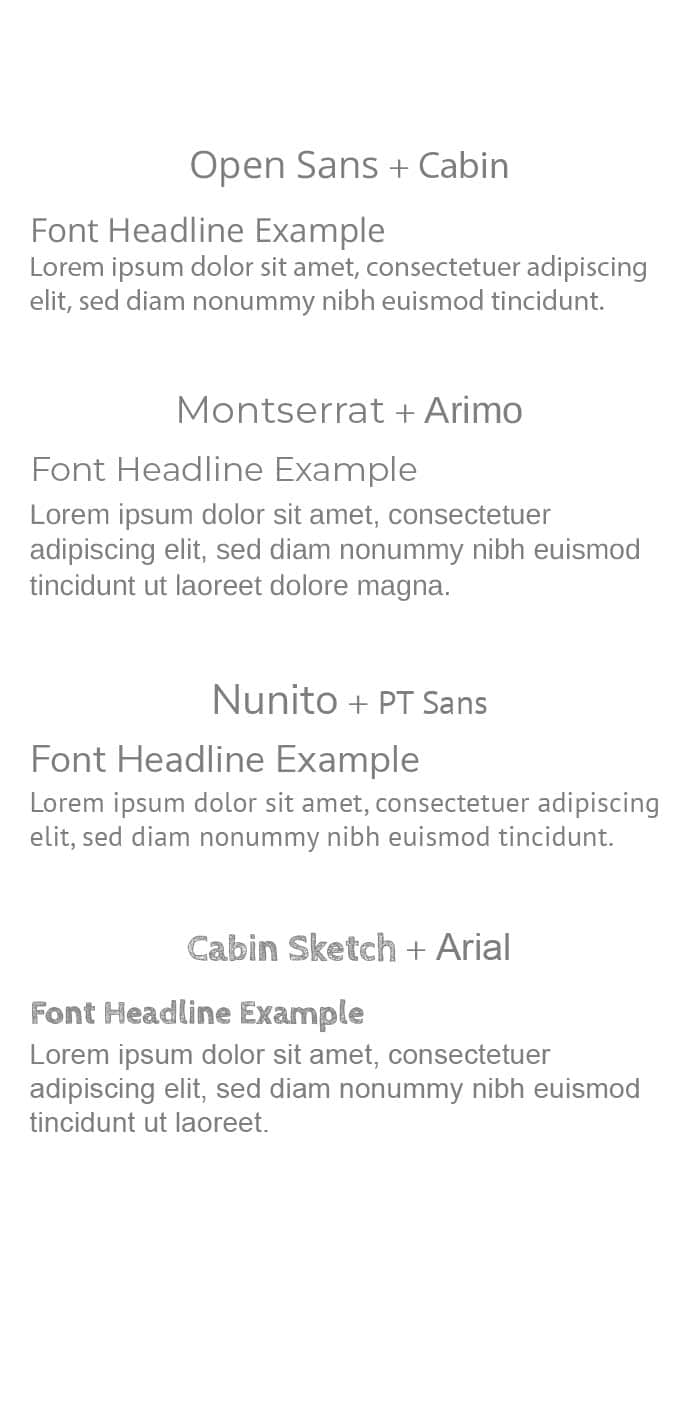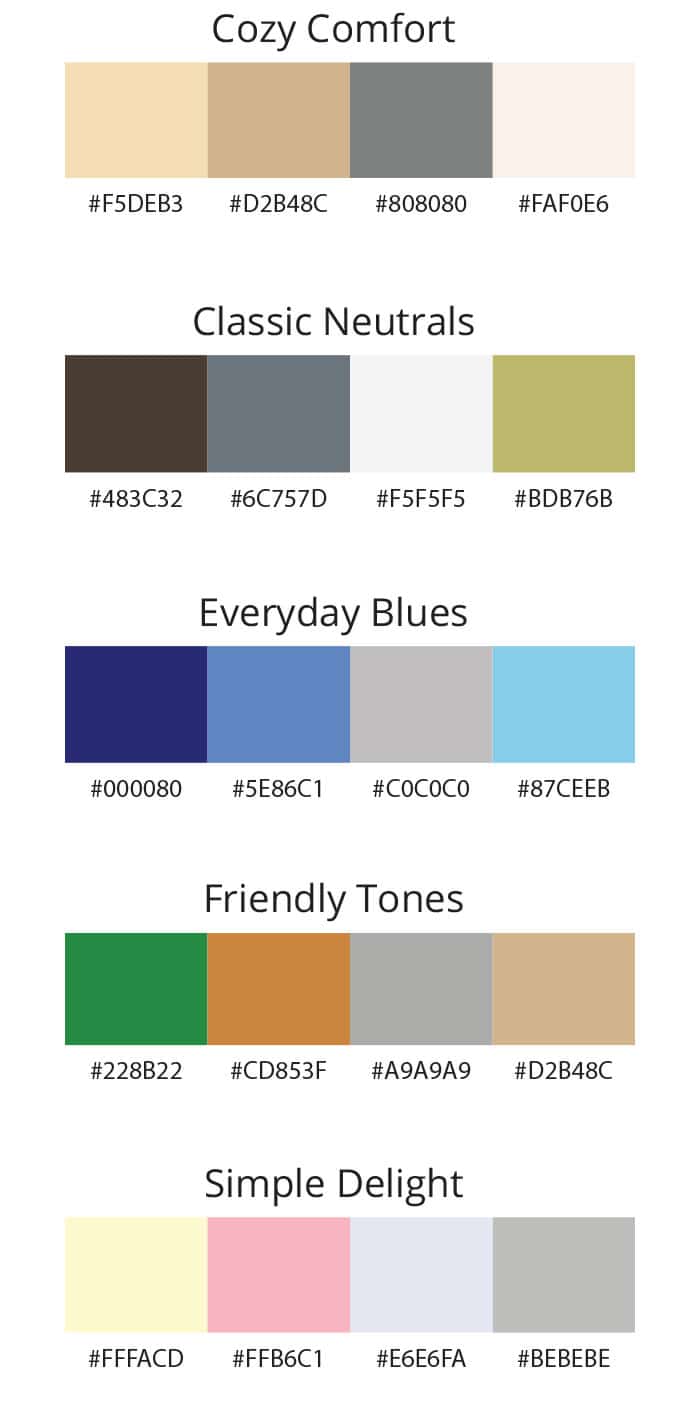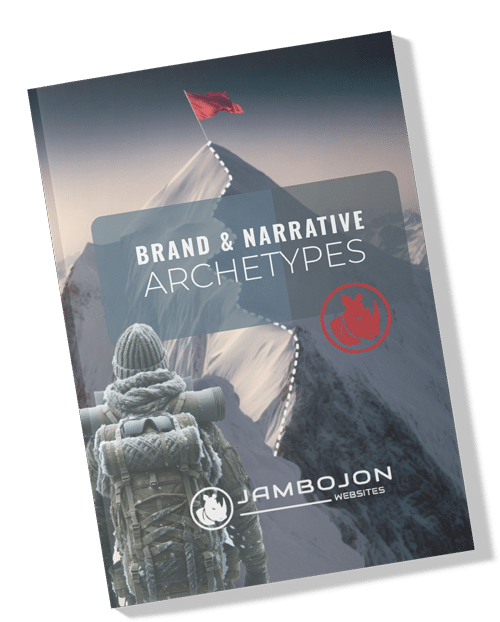About Archetypes
Brand archetypes are important in marketing and branding because they provide a framework for creating a distinct and compelling brand identity. They tap into universal patterns and symbols deeply rooted in human psychology, making them attractive to our character traits and sensibilities. Here’s why brand archetypes are significant and appealing:
The 12 Brand Archetypes
For each narrative, the website design can incorporate elements that reflect the brand's archetype and story.
- Visuals and Imagery: Use imagery that resonates with the archetype's qualities and the narrative's journey. For example, explorers might feature open landscapes, while heroes might use bold and powerful imagery.
- Tone and Language: The copy should reflect the voice of the archetype and the narrative's stages. A Jester might use playful and witty language, whereas a Sage would use insightful and thoughtful prose.
- User Journey: Design the website's user journey to mirror the narrative structure. For a Rags to Riches story, you could guide users from understanding the problem (rags) to discovering your solution (riches).
- Interactivity and Engagement: Use interactive elements to involve the user in the story. For instance, an Explorer brand could include interactive maps or exploration games.
- Testimonials and Case Studies: Share customer stories that align with your narrative and archetype. For a Caregiver brand, testimonials could focus on how the brand supported or nurtured the customer.
By thoughtfully integrating brand archetypes with storytelling formulas, websites can draw in the audience, keeping them on the edge of their seats.
The 12 Brand Archetypes
For each narrative, the website design can incorporate elements that reflect the brand's archetype and story.
- Visuals and Imagery: Use imagery that resonates with the archetype's qualities and the narrative's journey. For example, explorers might feature open landscapes, while heroes might use bold and powerful imagery.
- Tone and Language: The copy should reflect the voice of the archetype and the narrative's stages. A Jester might use playful and witty language, whereas a Sage would use insightful and thoughtful prose.
- User Journey: Design the website's user journey to mirror the narrative structure. For a Rags to Riches story, you could guide users from understanding the problem (rags) to discovering your solution (riches).
- Interactivity and Engagement: Use interactive elements to involve the user in the story. For instance, an Explorer brand could include interactive maps or exploration games.
- Testimonials and Case Studies: Share customer stories that align with your narrative and archetype. For a Caregiver brand, testimonials could focus on how the brand supported or nurtured the customer.
By thoughtfully integrating brand archetypes with storytelling formulas, websites can draw in the audience, keeping them on the edge of their seats.
What is the Regular Guy/Girl Archetype?
This archetype embodies the qualities of being down-to-earth, practical, and approachable. Most people feel a strong connection to the Regular Guy/Girl.
Core Characteristics:
Advertisers and marketing professionals commonly use this archetype in storytelling because it resonates with a wide audience.This archetype is known for their relatability, common sense and family/community oriented. Brands that adopt the Regular Guy/Girl archetype present their products/services as relatable to everyday needs and desires. Their clients can imagine themselves enjoying the services, goods, or lifestyle.The Regular Girl archetype embodies sensuality, romance, and passion within the everyday person, while the Regular Guy archetype represents relatability, friendliness, and approachability. Together, they celebrate the beauty and significance of living a simple life, emphasizing that ordinary individuals can be heroes in their own unique ways. Both archetypes highlight the essence of common humanity, making them relatable and engaging for a wide audience.
The “Regular Guy/Girl” as the Guide
Provides Relatability and Approachability:
Making clients feel understood with a down-to-earth and approachable demeanor.
Cultivates Trust and Loyalty:
Fostering deep trust by being unpretentious and dependable, building long-term relationships based on mutual respect and loyalty.
Offers Practical Solutions:
Delivering simple, effective solutions suited for everyday challenges.
Promotes Equality and Inclusivity:
Encouraging an inclusive and community-oriented mindset.
Supports Through Community Building:
Supporting community-building efforts and recognizing the importance of each individual’s contribution.
Demystifies Complexity:
Breaking down complex problems into understandable and manageable parts, making solutions more accessible.
Celebrates the Ordinary:
Highlighting the beauty and significance of everyday moments, suggesting that everyone has the potential to be a hero in their own life.
Font & Color Schemes for "The Regulary Guy/Girl"


Download Our Brand Archetype Guide

Understand each of the brand and narative archetypes In this free download. Learn the language, formulas, color schemes and adventure that can tell your story and create raving fans!
Ready to Start Your Journey?













